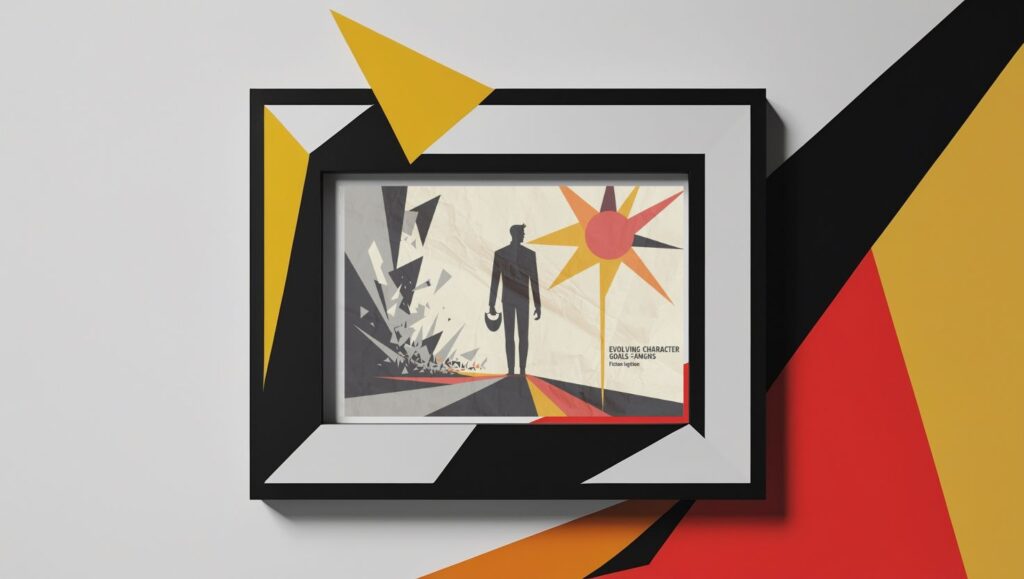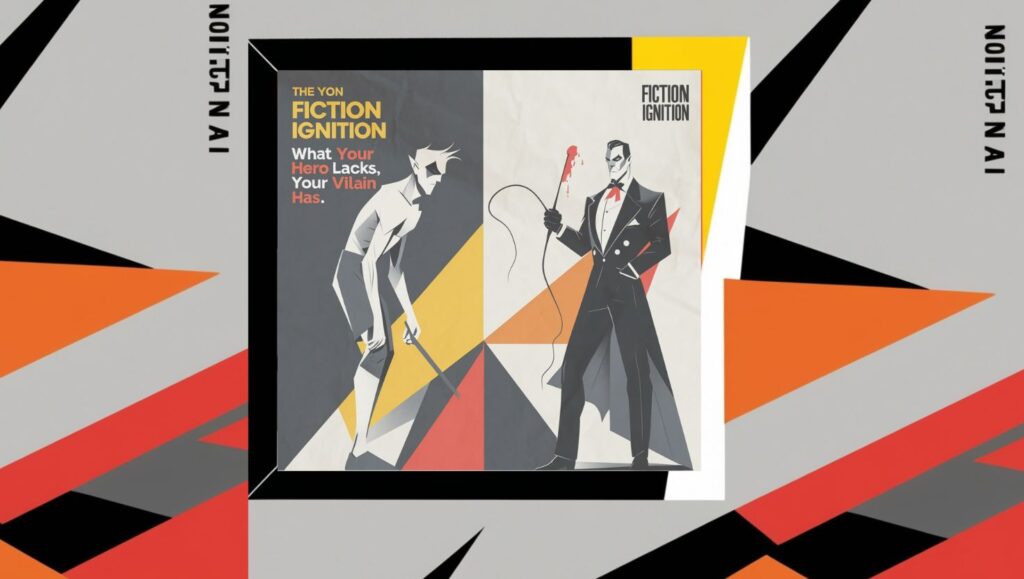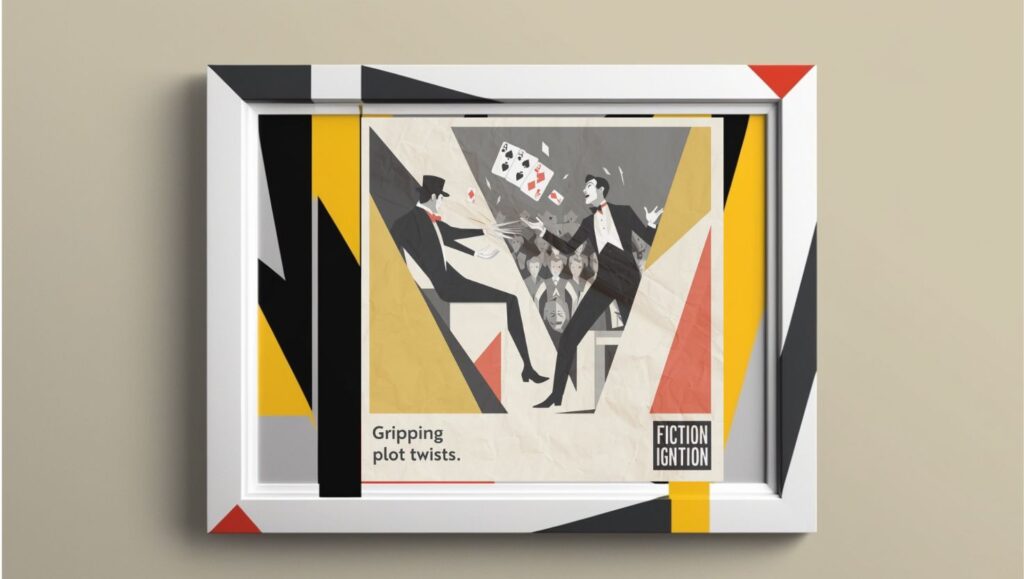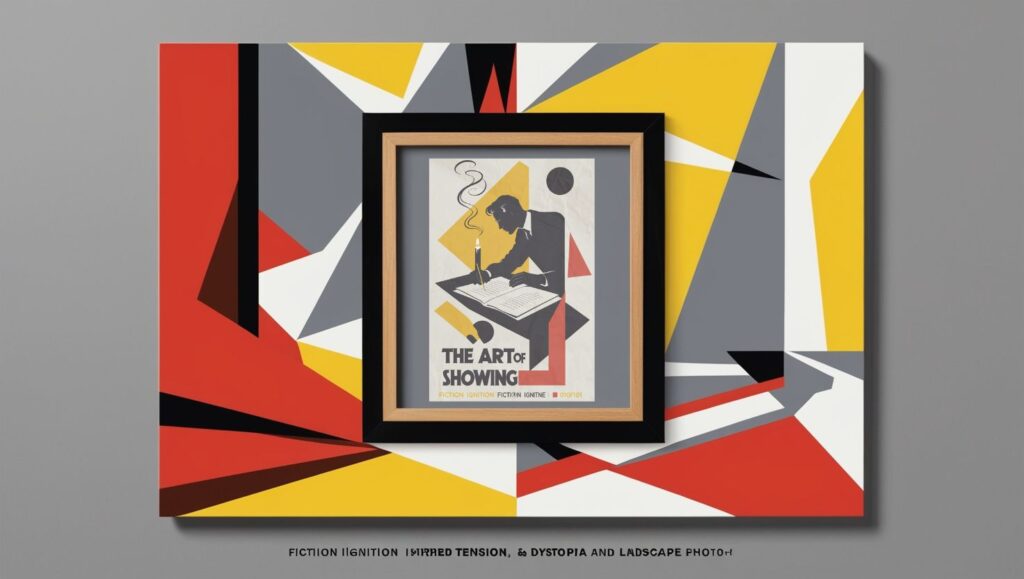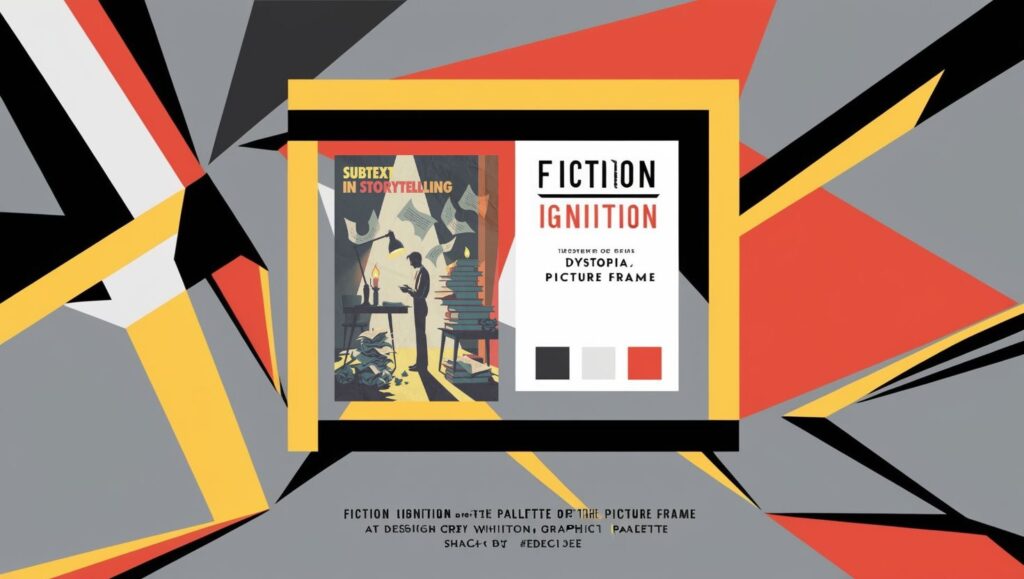How to give your character goals? Use the evolving goals template to make your fiction burn bright into the next level
Greetings, Fiction Igniters!
Strap in, my beloved Blaze Crafters and Torch-Tipped Tale Tailors, because today we’re turning up the heat on one of the most powerful tools in a story-crafter’s arsenal. I’m talkin’ about something so electrifying, so juicy, so absolutely story-changing, it might just set your plots ablaze and your reader’s souls on fire.
Today, we’re diving deep into The Evolving Character Goals Template — the secret blueprint behind unforgettable stories and relentlessly relatable protagonists. Yep. We’re unlocking how to keep your characters chasing one thing… only to realize they wanted something else all along.
Sound familiar? It should. That’s the stuff of LEGENDS.🔥
🔥 How to give your character goals? Let them evolve!
Let me hit you with this straight, Ink Ignitors: great stories mirror life. And in life, we often go after the wrong things before discovering what really matters. Same with our heroes. The more wrong turns they take, the more we root for them to get it right.
Evolving character goals are not just a plot trick — they are an emotional truth. And when you get it right? Your readers won’t just follow your story… they’ll feel it in their bones.
Now, let’s get cooking. 🔥
🎡 What the Heck Is the Evolving Character Goals Template?
Glad you asked, my Firelit Fantasists! It’s a storytelling tool that maps how a protagonist’s goal shifts from something external and often misguided… to something internal, true, and deeply personal.
Here’s the Basic Formula:
- Initial False Goal (External) — What your hero thinks they want. Usually tied to status, revenge, survival, validation.
- Midpoint Doubt — Something shakes their belief. Maybe the goal doesn’t satisfy, or pursuing it causes damage.
- Revised Goal (Internal) — Now they want something deeper: connection, meaning, redemption, truth.
- Climactic Commitment — They choose the true goal, even at risk of losing the old one.
- Resolution — They either win or lose the outer goal but grow through the internal shift.
🔥 Now let’s throw some gasoline on this fire with real examples, shall we?
🎩 How To Give Your Character Goals: Stories That Nailed It (and Set Our Hearts on Fire)
🎥 “Finding Nemo” (Pixar)
- False Goal: Marlin wants to keep Nemo safe at all costs.
- Doubt: Realizes overprotection is hurting Nemo.
- True Goal: Letting Nemo grow up and trusting him.
- Climax: Lets Nemo take the lead in the fish tank escape.
- Result: Marlin learns to let go. We sob. 🌊
🍿 “Breaking Bad” (TV)
- False Goal: Walter White claims he wants to leave money for his family.
- Doubt: He keeps going even when he has the money.
- True Goal: Power. Control. Legacy.
- Climax: Admits it in the finale: “I did it for me.”
- Result: His downfall is Shakespearean. And delicious.
🎩 “Hamilton” (Musical)
- False Goal: Immortality through legacy.
- Doubt: Sees how ambition destroys relationships.
- True Goal: Redemption and reconciliation.
- Climax: Makes peace with Eliza, who preserves his story.
- Result: Legacy isn’t what he writes — it’s what others say about him.
📺 “The Last of Us Part II” (Video Game)
- False Goal: Ellie wants revenge.
- Doubt: It doesn’t bring her peace. It just wrecks her soul.
- True Goal: Healing.
- Climax: Chooses mercy over murder.
- Result: She loses everything, but maybe starts to reclaim herself.
📝 “Pride and Prejudice” (Novel)
- False Goal: Elizabeth wants to judge Darcy as proud and unworthy.
- Doubt: Learns the truth of his actions and her own prejudice.
- True Goal: Emotional maturity, humility, love.
- Climax: Accepts Darcy not because he changed, but because she grew.
- Result: She gets the guy — but more importantly, she earns it.
🎒 How to Use the Evolving Goals Template in Your Own Story
Alright, you Kindle Keepers and Ember Elucidators — here’s how you can light this candle in your own work. It works for novels, screenplays, theater, comics, heck even interpretive dance if it tells a story. 🕺
Step 1: Define the False Goal
Ask yourself:
- What does my protagonist think they want?
- Is it tied to ego, fear, survival, status, revenge, or validation?
Step 2: Plan the Shattering
Figure out what moment makes that goal look hollow.
- Do they get it and feel empty?
- Does it cost them too much?
- Do they hurt someone in the pursuit?
Step 3: Reveal the True Goal
Ask:
- What do they really need?
- Is it intimacy, truth, belonging, peace, self-worth?
Step 4: Build to the Crucible
Make them choose:
- The original goal, or…
- The deeper truth?
Step 5: Deliver Emotional Payoff
Even if they fail, make the growth real.
- Success or failure isn’t the point. Change is.
🔥 Expert-Level Tips from the Literary Frontlines
✅ Blend Inner and Outer Conflict: The best protagonists chase external things that reflect internal gaps.
Think Harry Potter: he wants to stop Voldemort, but really? He wants family and love.
✅ Don’t Be Afraid to Trick the Audience: Like in Gone Girl, where we think Nick wants to find his wife… until we realize he’s kind of the worst. Flip it. Twist it.
✅ Use Other Characters as Mirrors: In The Godfather, Michael Corleone’s evolving goal is shown in contrast to his father. Same with Elphaba and Glinda in Wicked.
✅ Use Objects or Symbols: The sled in Citizen Kane, the totem in Inception, the ring in Lord of the Rings. They represent the false goal and the transformation.
🚀 But Wait, There’s More!
When you build evolving goals into your story, something magical happens. Your readers don’t just follow your plot… they live your character’s journey. That’s how you turn readers into lifers. Into fans. Into fiery evangelists of your world.
Don’t believe me? Ask George Lucas. Luke Skywalker thinks he wants adventure. Then he learns he wants truth. Then peace. Then redemption.
Ask Miyazaki. Ask Tolkien. Ask Suzanne Collins. Ask any storyteller who ever made your heart skip a beat.
They all used evolving character goals. It’s the ember in the center of the fire.
So here’s your homework, Radiant Realm Writers:
- Take your current protagonist.
- Run them through the template.
- Find where their desire twists into something deeper.
- And then build the whole dang story around that combustion point.
Because that, my fellow Pyro Prose Pioneers, is how you write not just any story — but a story that ignites.
Until next time, don’t write — ignite! 🔥
From Zero to Hero: Mastering the Character Arc Formula
Backstory Without Boredom: Layering Your Characters’ Histories
And how does the character of your character evolve along with her goals? Check out The Character Wheel Of Development in Paychology Today

